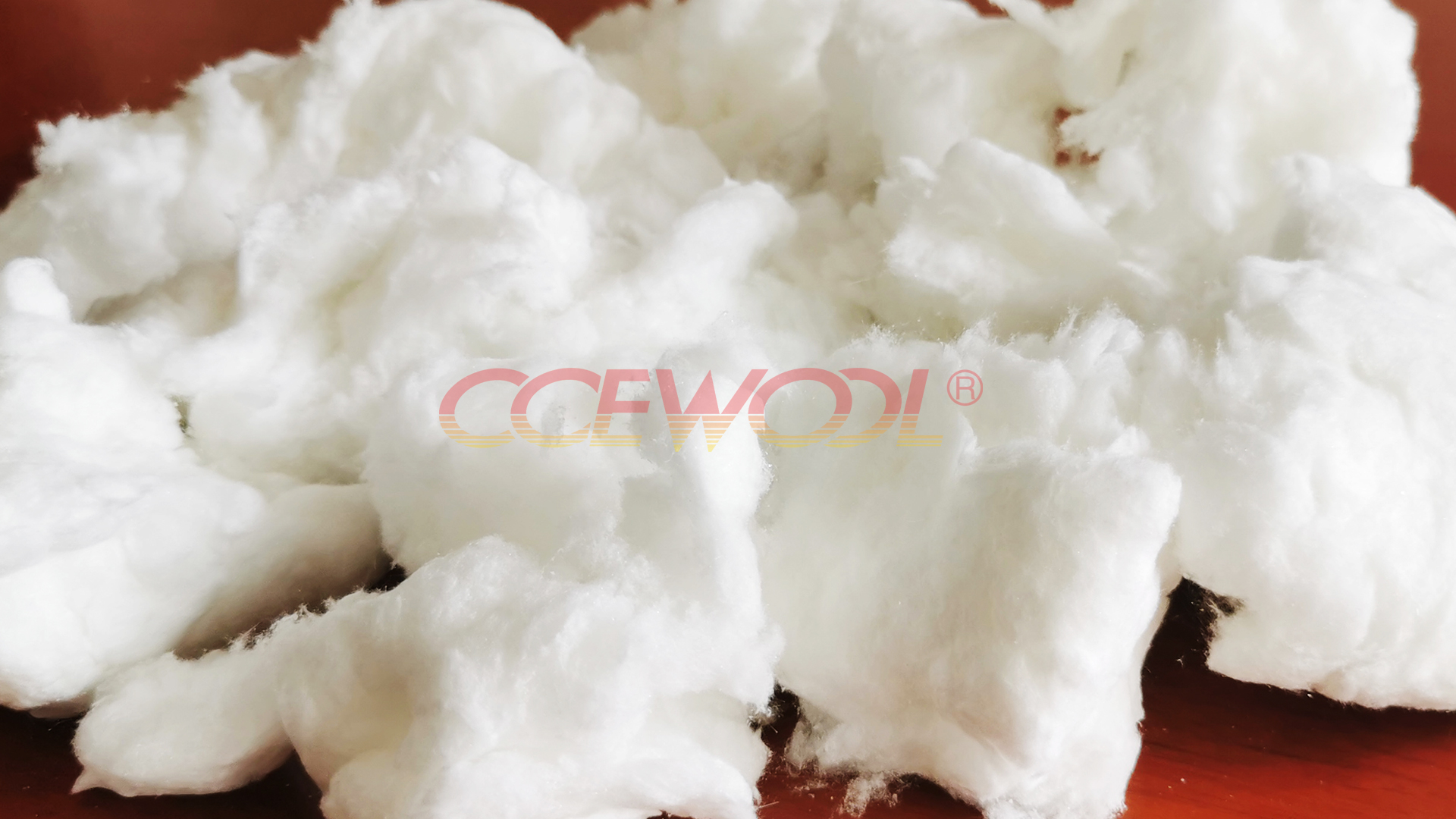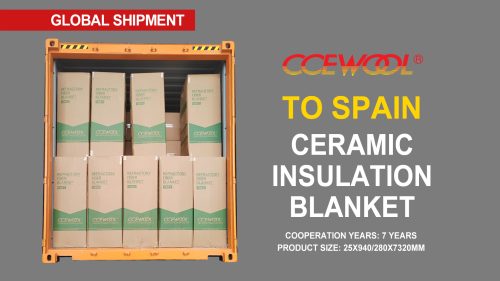Is ceramic wool fireproof?
- 21 Oct, 2024
- Industry

In modern industrial and construction fields, the selection of fireproof materials is crucial, directly related to the safety of equipment and the protection of lives and property. As a high-performance insulation material, ceramic wool is widely used in high-temperature environments. So, is ceramic wool fireproof? This article will introduce the outstanding fireproof properties of CCEWOOL® ceramic wool in detail.
What is Ceramic Wool?
Ceramic wool, also known as ceramic fiber, is a lightweight fiber material made by melting high-purity alumina and silicate at high temperatures. It has excellent high-temperature resistance and insulation properties, making it ideal for high-temperature insulation and protection in industrial furnaces, pipelines, boilers, and other equipment.
Is Ceramic Wool Fireproof?
The answer is yes—ceramic wool is a highly fireproof material. Due to its extremely high melting point (typically up to 1600°C), ceramic wool can maintain its structural stability in the presence of flames or high-temperature environments, effectively isolating heat sources and preventing the spread of fire.
Fireproof Advantages of CCEWOOL® Ceramic Wool
High Fire Resistance
CCEWOOL® ceramic wool has a working temperature of up to 1260°C to 1430°C, allowing it to remain stable in extreme high-temperature environments over long periods. This makes it an ideal material for industrial furnaces, metallurgical equipment, and other high-temperature, fireproof insulation needs.
Excellent Flame Retardancy
Ceramic wool contains no organic or flammable components. It does not burn when exposed to fire and does not emit harmful smoke. Its non-combustible properties ensure that it provides an excellent fireproof barrier during fires, protecting both equipment and personnel.
Low Thermal Conductivity
CCEWOOL® ceramic wool has an extremely low thermal conductivity, effectively preventing the transmission of heat. Even in high-temperature environments, it can maintain a low surface temperature, reducing the risk of fire spread and providing an additional layer of safety.
Strong Thermal Shock Resistance
In environments with sudden temperature changes, CCEWOOL® ceramic wool retains its structural integrity and fireproof properties. This means that even when equipment experiences rapid heating or cooling, ceramic wool can continue to provide effective insulation and fireproofing.
Environmental and Safety Compliance
CCEWOOL® ceramic wool not only has excellent fireproof properties but also meets international environmental standards, being non-toxic and harmless. Its low bio-persistent fiber (LBP) products have passed multiple global certifications, ensuring that the products are safe for both humans and the environment.
With its high fire resistance, excellent flame retardancy, and low thermal conductivity, CCEWOOL® ceramic wool has become the preferred fireproof insulation material in many high-temperature industries. Whether used in industrial production equipment or building fire protection systems, CCEWOOL® ceramic fiber provides reliable fireproofing, ensuring the safety of both equipment and personnel.



